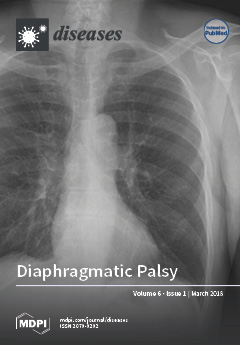Open AccessFeature PaperCommunication
Facilitating a More Efficient Commercial Review Process for Pediatric Drugs and Biologics
by
Ryan D. Rykhus, Zachary V. Shepard, Alix Young, Hadley Frisby, Kailee A. Calder, Collin M. Coon, Justin A. Falk, Sydney R. McAndrews, Aspen Turner, Christina Chang, Johanna Michelsohn, Raegan Petch, Sarah M. Dieker, Benjamin H. Markworth, Kevin Alamo-Perez, Aaron J. Hosack, Jacob M. Berg, Christian Schmidt, Joachim Storsberg and Mark A. Brown
Viewed by 3087
Abstract
Over the past two decades, the biopharmaceutical industry has seen unprecedented expansion and innovation in concert with significant technological advancements. While the industry has experienced marked growth, the regulatory system in the United States still operates at a capacity much lower than the
[...] Read more.
Over the past two decades, the biopharmaceutical industry has seen unprecedented expansion and innovation in concert with significant technological advancements. While the industry has experienced marked growth, the regulatory system in the United States still operates at a capacity much lower than the influx of new drug and biologic candidates. As a result, it has become standard for months or even years of waiting for commercial approval by the U.S. Food and Drug Administration. These regulatory delays have generated a system that stifles growth and innovation due to the exorbitant costs associated with awaiting approval from the nation’s sole regulatory agency. The recent re-emergence of diseases that impact pediatric demographics represents one particularly acute reason for developing a regulatory system that facilitates a more efficient commercial review process. Herein, we present a range of initiatives that could represent early steps toward alleviating the delays in approving life-saving therapeutics.
Full article
►▼
Show Figures





